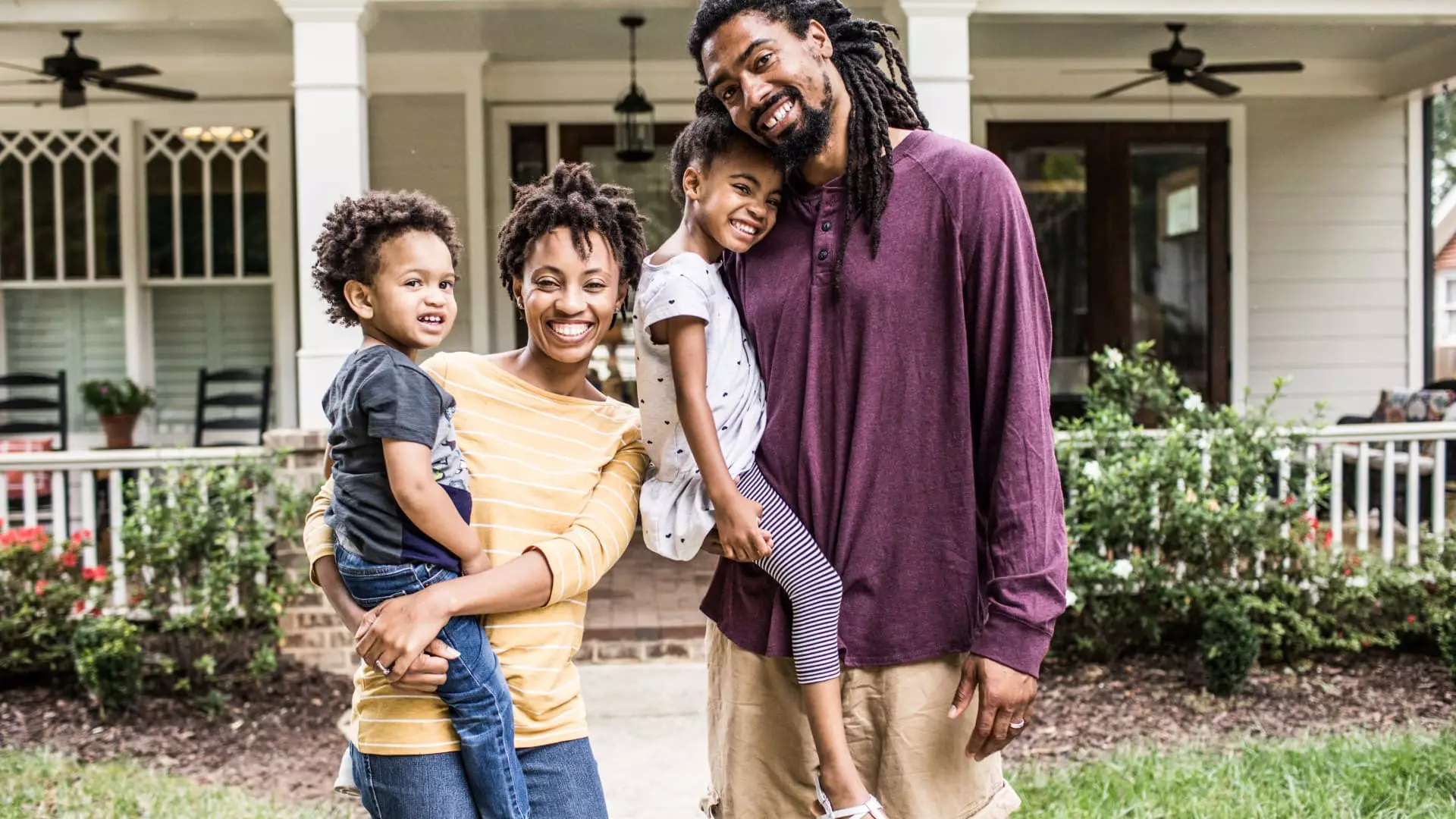The concept of homeownership has traditionally been a cornerstone of the American Dream, signaling security, financial growth, and community engagement. Yet, this aspiration appears increasingly tantalizing yet unattainable for many, particularly younger individuals and first-time buyers. Escalating home prices, stagnant wage growth, and stringent mortgage conditions have created barriers that prevent many from achieving this dream. In light of these challenges, a transformative approach is required. This article proposes a 40-year mortgage framework, leveraging the Federal Home Loan Bank (FHLB) system and including federal subsidies for first-time buyers who undergo financial literacy training. This multifaceted approach is designed to facilitate greater access to homeownership while simultaneously fostering economic growth that can benefit all Americans.
Historically, the 30-year mortgage has been the gold standard in home financing, balancing manageable monthly payments with a reasonable payback timeframe. However, in today’s economic landscape, particularly in urban centers where housing costs have skyrocketed, even 30-year loans are often inadequate. These financial products can still impose burdensome monthly costs on families, pushing many to the periphery of homeownership prospects. By introducing a 40-year mortgage, homeowners can benefit from significantly reduced monthly payments, which would alleviate financial stress and make homeownership accessible to a wider section of the population.
Critics may argue that a lengthened mortgage term implies a heavier total interest burden. Yet, the reality is far more complex. The alternative—continually renting—does not foster equity and can expose families to escalating rental prices and economic vulnerabilities. A 40-year mortgage allows prospective homeowners the chance to start accumulating equity sooner, presenting a viable pathway to financial security and a more dignified standard of living.
The FHLB serves as a crucial platform for enabling this proposition. As a government-sponsored enterprise, it provides liquidity to member financial institutions and empowers them to offer competitive rates to consumers. By harnessing the power of the FHLB system, this initiative can be efficiently launched nationwide. The infrastructure of the FHLB allows for industry stability and ensures that solutions are tailored to meet various community needs, from rural regions to bustling urban areas. Capturing the FHLB’s existing networks will enable smoother implementation and a quicker response to the diverse demands of American homeowners.
To further enhance this initiative, federal subsidies should be attached to mortgage rates for first-time buyers who commit to completing financial literacy training. Conditions could range from subsidized mortgage rates between 3.5% and 4.5%, with limits set at $350,000 for rural housing and $1 million for urban equivalents. Financial literacy is essential for equipping buyers with the essential skills required to navigate home financing wisely, avoid exploitative lending practices, and make informed decisions about their investments. By framing subsidies around this educational investment, we not only promote responsible borrowing but also empower future generations to achieve sustainable financial health.
Expanding homeownership has considerable implications for the wider economy. When individuals obtain homes, they are more inclined to purchase household items, undertake renovations, and engage in community improvements, which in turn drives economic activity and job creation. Furthermore, homeownership contributes to stable communities. Homeowners tend to invest in their neighborhoods, leading to safer, more cohesive communities and attracting businesses, thus amplifying property values.
Additionally, higher levels of homeownership correlate with improved credit scores and reduced crime rates, paving the way for enhanced socio-economic stability. This initiative can help address the deepening wealth gap in America, particularly for underserved groups, including minorities and residents of rural areas.
This redefined approach takes on social justice issues head-on. Historically marginalized communities, particularly African Americans, face significant barriers to homeownership, with ownership rates revealing a stark contrast—45% versus 75% for white Americans. By working to diminish the ownership gap, we move towards a more equitable economic landscape, fostering social justice through the lens of homeownership and wealth generation.
Integrating a 40-year mortgage option within the FHLB framework, complemented by federal subsidies tied to financial literacy, holds the potential to reshape the American housing market. This transformative approach to homeownership can drive economic development, community health, and overall stability. By advocating for more inclusive financial practices, we can reinforce the idea that the American Dream is attainable for all citizens, ensuring that homeownership remains an accessible reality in our ever-changing economic landscape. Now is the time to take bold action and reconsider our collective approach to homeownership for generations to come—a win not just for individuals, but for society at large.

